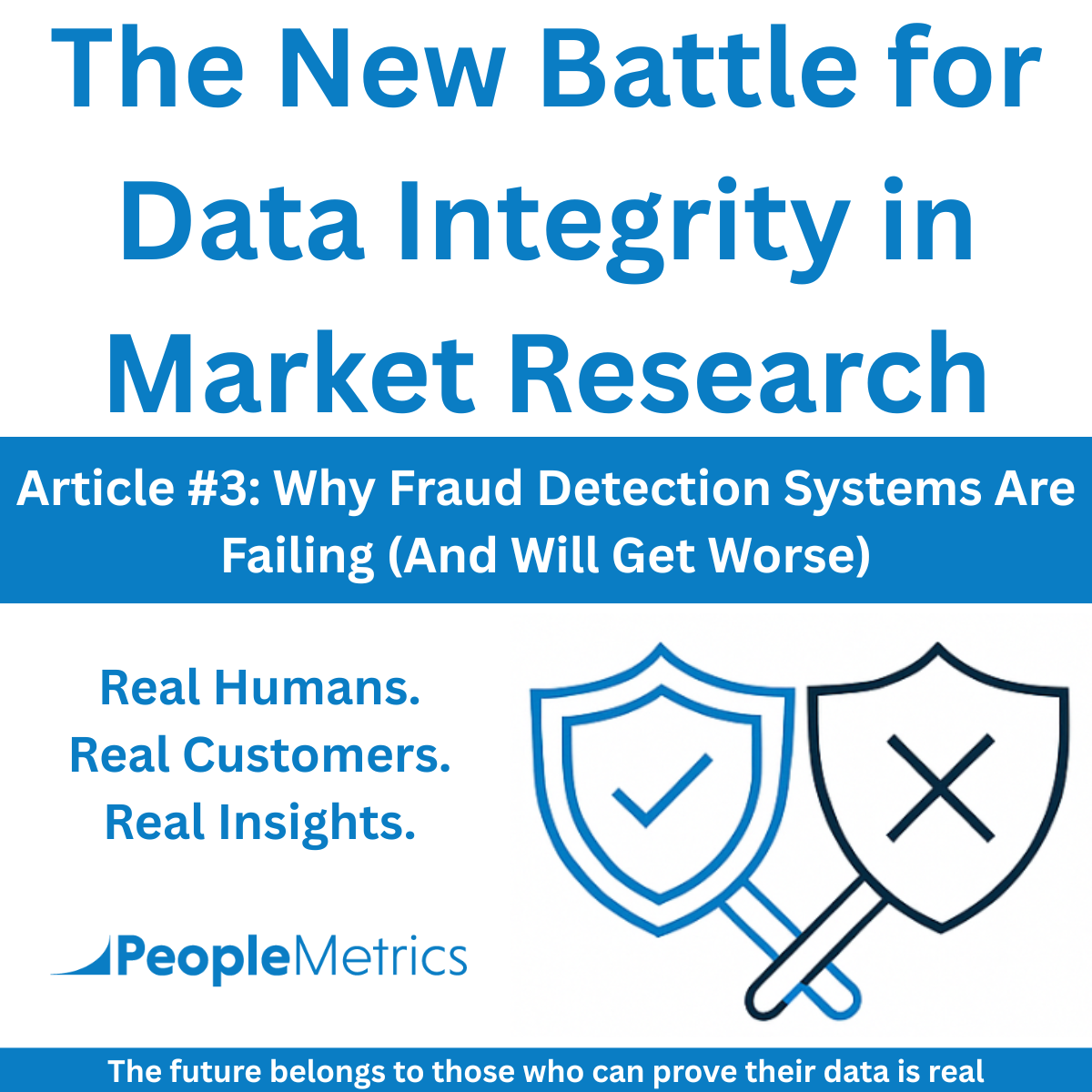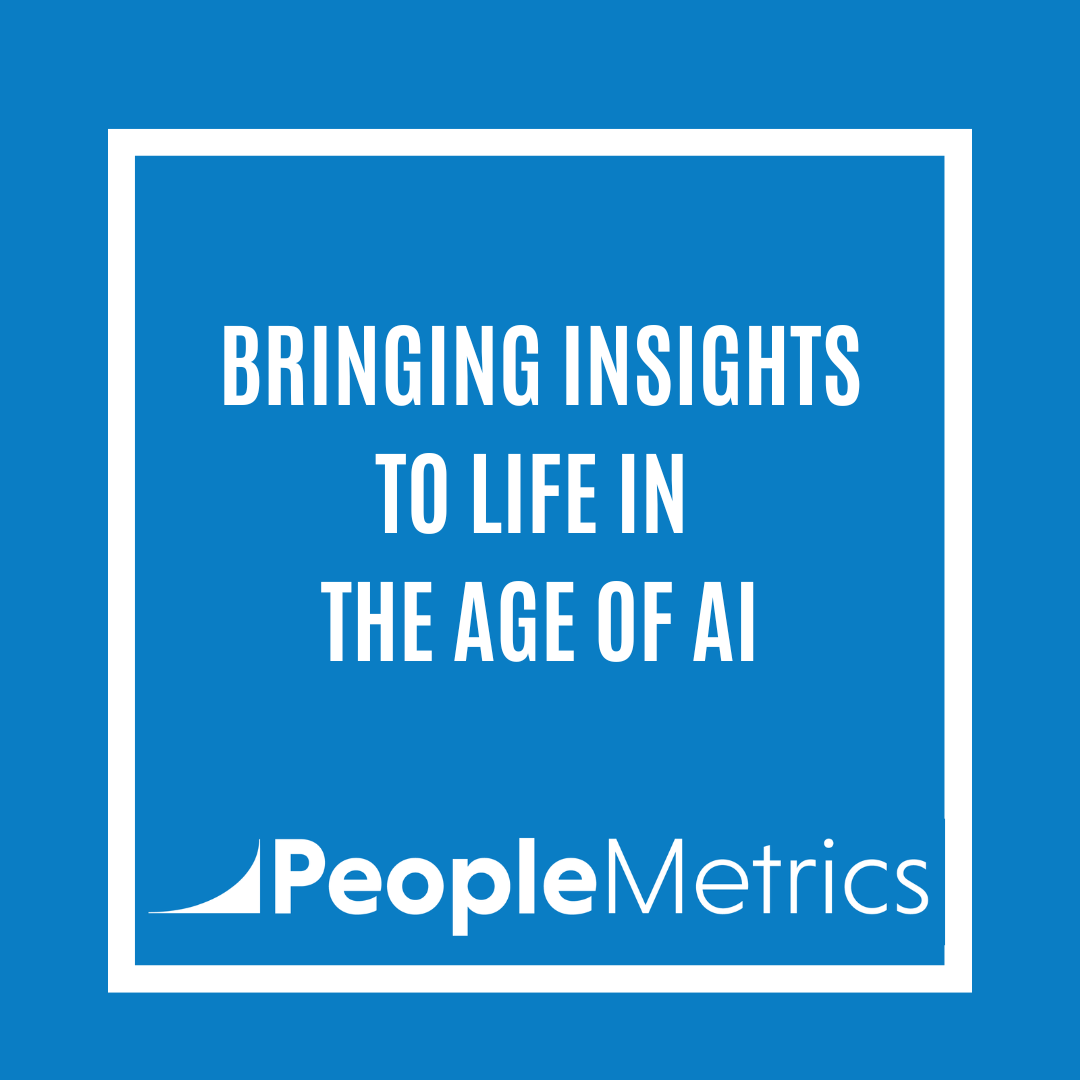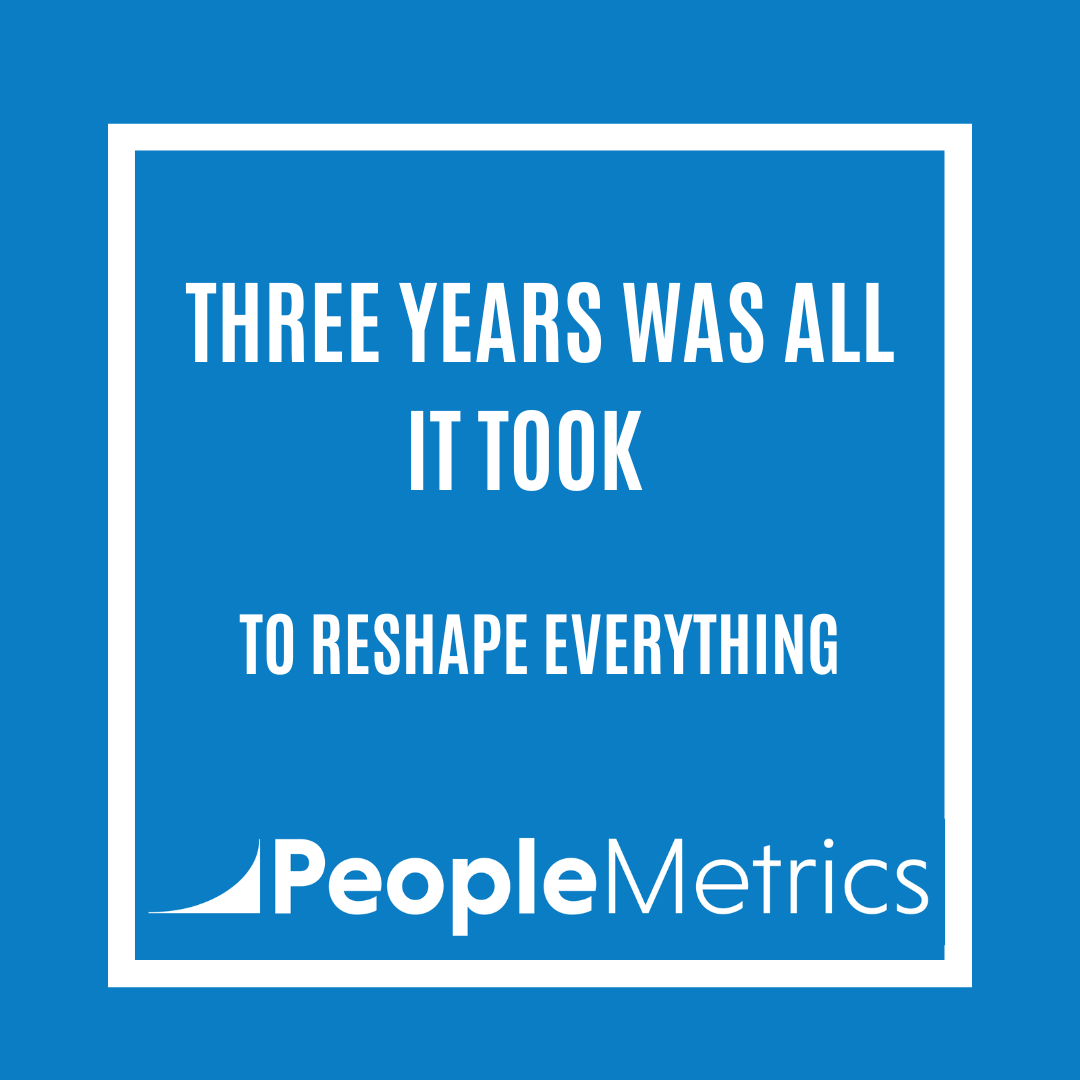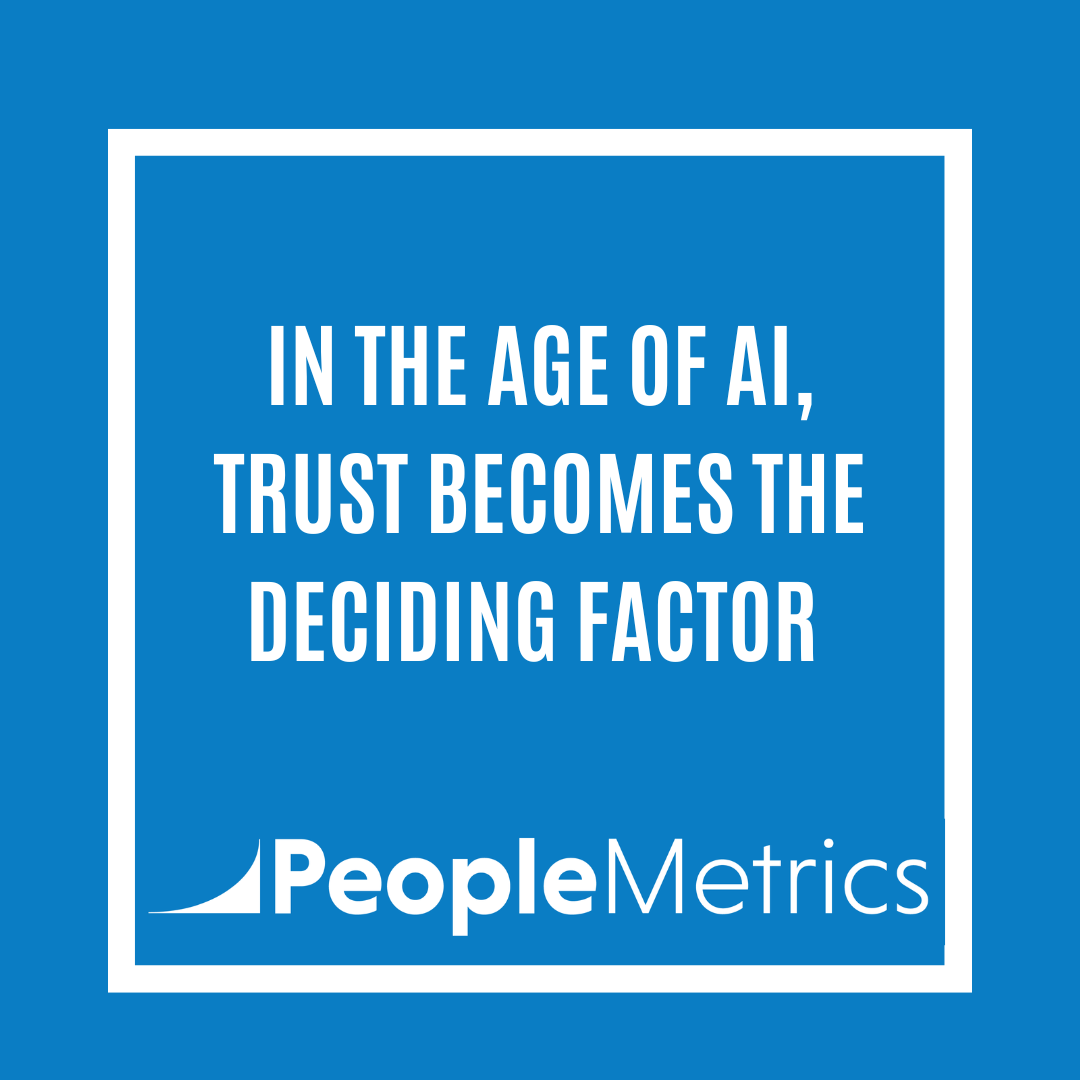The $10 million fraud scheme involving Op4G and Slice shocked the industry. And it should have.
But here's what most people missed … this fraud wasn’t even sophisticated.
It was carried out by real people manually taking fake surveys (using VPNs, screeners scripts, and coaching instructions) and they still got away with it for almost a decade.
Here’s the money quote from the indictment:
“These instructions included directions on how to answer survey screener questions, provided parameters on how long ‘ants’ should remain on surveys, and encouraged the use of virtual private network (VPN) services to conceal real IP addresses.”
— U.S. Attorney’s Office, April 2025
That should raise an urgent question for every insights leader: If outdated manual fraud could beat today’s fraud detection systems, what happens when fraud is powered by AI?
Because that’s exactly where we are now and it’s why I’m writing this series.
The Big Problem: Fraud Detection Is Stuck in the Past
Most fraud detection tools were designed to catch behavior that doesn’t look human:
Straight lining. Speeding. Gibberish. Repeats.
But AI-generated survey fraud doesn’t work that way.
Modern fraud looks like:
- A slightly distracted person
- With inconsistent pauses
- Who answers most questions just fine
- And submits short, clean, typo-filled open ends
- From a device that appears normal and local
In other words: it looks like your average respondent.
Fraud is engineered not to stand out — but to fit in.
Why It’s Only Going to Get Worse
Fraud detection tools are static.
AI is not.
Fraudsters now train AI agents to:
- Learn the scoring models
- Mimic behavioral benchmarks
- Pass attention checks
- Adjust based on flagging systems
This means the longer you rely on rules-based detection, the more you’re training the fraud how to beat it.
And when it blends in, your data starts to rot from the inside out — quietly, invisibly, and expensively.
The Illusion of Clean Data
What’s most dangerous about this new era of fraud is how normal it looks.
Nothing gets flagged. Nothing stands out.
And it makes its way into presentations, dashboards, and strategic decisions — uncontested.
It’s not noisy.
It’s convincing!
And it happens every day.
Automation Alone Isn’t the Answer
Most panel providers are still pushing the same line: “We’ve got fraud detection built in.”
But here’s the truth: You can’t trust a system built to spot yesterday’s fraud to protect you from tomorrow’s.
Fraud detection has become reactive.
Real data quality needs to be proactive.
What We Do Instead
At PeopleMetrics, we don’t rely on fraud detection to clean up bad sourcing. We work at the source where the quality is controlled.
Here’s how:
1. When possible, we build custom research panels for our clients:- Recruited and managed by us, unique to each client
- Every participant interviewed, verified, and revalidated
- Tailored to a specific audience (e.g., financial advisors), not pulled from a generic pool
- We apply strict validation protocols
- We carefully screen and monitor every response
- And we supplement with open-end review and manual checks
- Surveys sent directly to real customers
- Pulled from client transaction or CRM data
- No guessing. No anonymity. No fraud.
If we can’t prove it’s a real person, it doesn’t make it in.
That’s our standard and our commitment to every client.
Bottom Line
If the Slice indictment taught us anything, it’s that fraud can go undetected for years, even when it’s manual.
Imagine how much easier that becomes when it’s automated, adaptive, and invisible.
Fraud detection tools will always be playing catch-up. The only way to win is not to play that game at all.
Start with real humans.
Verify every response.
And treat data quality like your business depends on it — because it does.
Up next:
Post 4: The Traditional Panel Model Is Breaking Down





